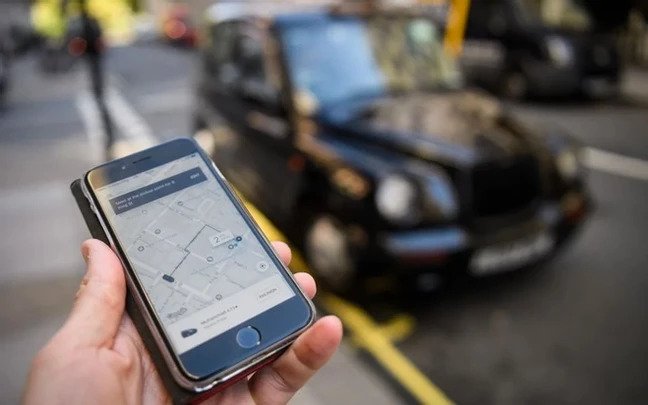November 13, 2019
Banks are under threat – and this time it’s personal

A new force is emerging in the world of banking, and this time it’s personal.
Uber’s launch of Uber Money, providing payment and banking services to its drivers, is a headline-grabbing example of the next big trend in banking – the rise of the non-bank bank.
The establishment of a financial product for non-banks goes beyond simple revenue growth. It is about establishing loyalty, and in the case of Uber, loyalty of their drivers specifically to the Uber brand. This concept can be applied to non-banks across different sectors who are looking to hypercharge their customer relationships.
The huge benefit these organisations have is that they know their customers and users intimately. They have vast amounts of data that allows them to personalise financial service products and processes in a way that no traditional bank can compete with.
They also now have the tools to package this knowledge into a financial services offer, using modern, intuitive digital banking systems as a means to structure services that allow mobile, digital banking which is tailored to the needs and desires of each of their customers. This goes well beyond just Open Banking. Platform-based cloud banking is entering a new era of customer relationship management (CRM) to enable non-banks and banks alike to offer native product and service interactions that amplify the network effects driven by a cost-effective (i.e. low-cost) ecosystem of loyal customers.
The next stage in this revolution will see Amazon-style dashboards deployed which will remember the client when they log on, recommend services they may need and offer faster payments as well as transactions in reward for volume of business and/or loyalty.
In recent weeks, a wave of traditional banks have published financial results showing their business is under pressure from PPI payments, international trade wars and the regulatory burdens that are pushing up their costs.
Banks are pervasively losing customers to non-banks that offer loans and wealth management services, along with other connected services that were once the preserve of bank ecosystems. Uber can now empower its drivers through a financial services offering including a transaction account, leasing or buying a car through loans, pooling insurance, expense management… the list goes on. We can imagine that Uber’s competitors will feel compelled to follow suit.
Tackling this entropic threat requires bold thinking from the big banks – they must act like challengers, dump their legacy systems and legacy way of doing things. Banks have no choice but to embrace the brave new world of hyper-personalised services.
The banks still retain brand trust, which has been their trump card against attacks from challenger and neobanks. So far, this legacy trust is not protecting them in a world of non-bank banking. Uber’s drivers trust its brand and are compensated to work within Uber’s ecosystem. If Uber can make banking and payments easier, by understanding when, how and why its drivers make and receive payments, and then tailor products accordingly, then using Uber Money is a no-brainer.
Traditional banks need to get personal. They have the ability to develop innovative new products and offer secure, digital banking. Now they need to build their data capabilities and the front end of their digital offer so that they can win the battle for hyper-personalised banking.
If they don’t recognise this danger and seize the moment, then Uber Money is the tip of a very large iceberg which may yet hole the unsinkable big banks.
This article was written by Scott Lanphere, Partner and Managing Director at AEDC Capital, and originally published in City A.M. on 13 November 2019.
Recent Posts
See all
Omnio’s Preliminary Results Reveal 50% Improvement in EBIT Over Last Year
Omnio Group, a leading banking-as-a-service platform provider, celebrates significant improvements under the new leadership of CEO, Stefano Andreani 7th December 2023 – Omnio Group, under…

Introducing the New Chairman of Omnio: A Catalyst for Future Growth
Omnio Appoints Accomplished Industry Leader to Drive Strategic Vision and Fuel Future Growth 30th August 2023 – Omnio, a leading fintech solutions provider known for…

